|
Disclaimer: FOR TEST AND EXAMPLE PURPOSES ONLY! These web pages are not intended to be used as a source of information on medicines.
The web pages are not kept up to date and are for demonstration purposes only.
For up-to-date information on a medicine, please consult www.ema.europa.eu/medicines or the package leaflet of your medicine.
|
BACK TO LIST |
Laboratory Report
|
|
|
|||||||||||||||||||||||||
Chemistry
| Test | 07-MAR-2024 | Reference Range | Unit |
|---|---|---|---|
| Hemoglobin A1c/Hemoglobin.total in Blood | 6.2 H | 4 - 6 | % |
| Glucose [Mass/volume] in Blood | 92.2 | 70 - 140 | mg/dL |
| Urea nitrogen [Mass/volume] in Blood | 18.0 | 7 - 25 | mg/dL |
| Creatinine [Mass/volume] in Blood | 0.7 | 0.6 - 1.1 | mg/dL |
| Calcium [Mass/volume] in Blood | 9.8 | 8.5 - 10.4 | mg/dL |
| Sodium [Moles/volume] in Blood | 140.7 | 135 - 145 | mmol/L |
| Potassium [Moles/volume] in Blood | 4.2 | 3.5 - 5.1 | mmol/L |
| Chloride [Moles/volume] in Blood | 109.4 H | 98 - 108 | mmol/L |
| Carbon dioxide, total [Moles/volume] in Blood | 22.1 | 22 - 29 | mmol/L |
Annotation
| Conclusion and Recommendations based on this report and previous findings known to us |
|---|
| The results show a mildly elevated HbA1c (6.2%), suggesting impaired glucose metabolism or possible early diabetes, while current glucose is within normal limits. Chloride is slightly elevated, which may reflect mild electrolyte imbalance but is of unclear clinical significance in isolation. Renal function, other electrolytes, and calcium are within normal limits. Recommend clinical correlation and consideration of further evaluation for glycemic control. |